At any given time and place in Hawai‘i, it is almost impossible not to know where the mountains and ocean are. This is especially true in Honolulu, a concrete city nestled between the looming green Ko‘olau mountain ridges and the dazzling blue, seemingly limitless Pacific Ocean.
When it’s time to relax or play, Honolulu urbanites head either mauka (inland) or makai (seaward). Those who crave the shade of a canopy such as myself often migrate to a mountainous area nicknamed Tantalus, where a web of trails offers anything from a short walk in the woods to an
all-day adventure.
The three pu‘u (hills) that make up the region—‘Ōhi‘a, Kākea, and ‘Ualaka‘a—represent some of the last eruptive activity of the Ko‘olau volcano about 100,000 years ago. After hundreds of millenia of quiescence, Ko‘olau awakened and magma came bursting forth from numerous points. When the rock settled, what had been birthed were the pu‘u that form modern-day Tantalus. Other iconic features formed during this rejuvenated stage of volcanic activity in Honolulu are Le‘ahi (Diamond Head), Kohelepelepe (Koko Crater), and Hanauma Bay,
to name a few.
Such explosive origins laid fertile groundwork. Around 1,000 CE, the most competent seafaring society the world has ever seen discovered the islands and found them teeming with flora and fauna. They settled and farmed crops like ‘uala (sweet potato) on top of Pu‘u ‘Ualaka‘a and kalo (taro) in Mānoa Valley. Eventually European explorers found Hawai‘i. Livestock was introduced, and without fences, ungulates roamed freely through the forests. In these forests, the prized native ‘iliahi (sandalwood) was logged for trade. By 1870, the once forested pu‘u were barren. Water wells dried up and streams filled with dirt runoff. The wisdom of the Native Hawaiians, “Hahai no ka ua i ka ulu la‘au” (Rain always follows the forest), seemed to have fallen to the wayside. In response to the water crisis, Hawai‘i’s government passed legislation between 1876 and 1880 codifying the protection of the forests from further development. A massive reforestation effort began.
In 1988, the state of Hawai‘i created Nā Ala Hele, a trail and access program, in response to concern about loss of access to trails winding through the forests and threats to trails from development. Today, the program manages 77.5 miles of trails on O‘ahu. Nā Ala Hele trails are well documented and legal, which means you don’t have to scour
blogs or worry about getting ticketed to enjoy an afternoon hike.
One Nā Ala Hele trail I turn to often is Mānoa Cliff Trail. When I want a forest adventure, it’s simple enough to park on the shoulder of the road next to the trailhead, and within 15 minutes of hiking, I am peeking off the edge of the steep trailside into the quiet neighborhood streets of Mānoa Valley.
At first, on this hike, I see mostly plants that were introduced to O‘ahu to save the watersheds. At the peak of reforestation efforts in the 1930s, nearly two million trees were planted annually. Unfortunately, the trees chosen were fast growing non-natives such as the albizia and varieties of ficus, resulting in sparse forests containing fewer species. Then I arrive at a gate designed to protect native plants from invasive feral pigs. Stepping through, I notice a dramatic change in vegetation. The forest beyond is a multi-layered, species-rich habitat. A group of dedicated volunteers has been working since 2006 to remove alien species and plant natives. Hiking here, I can imagine being one of the first humans to step foot on O‘ahu.
The trail splits in the middle of the restoration area, and I take the upper Pu‘u ‘Ōhi‘a trail. Heading out of the gated native habitat, I enter a bamboo thicket. After a short climb, I find myself on the top of Pu‘u ‘Ōhi‘a, next to a modern cell phone tower that now adorns the peak and makes it hard to imagine fountains of lava shooting skyward. Continuing along the Pu‘u ‘Ōhi‘a trail, I descend for a time before arriving back at the road I parked on.
The transition back to the human landscape can be jarring. City life can take a toll on my psyche, and I feel lucky that Honolulu has greenspace to escape to. These forests were exploited, replanted, and then protected again. Today, beyond being a mechanism to recharge the islands’ aquifers, forests are spaces to connect with what the Native Hawaiian people continue to recognize: Forests are divine. They are wao akua, the realm of the gods. We dive into the forest to feel what it means to be a human on this planet.





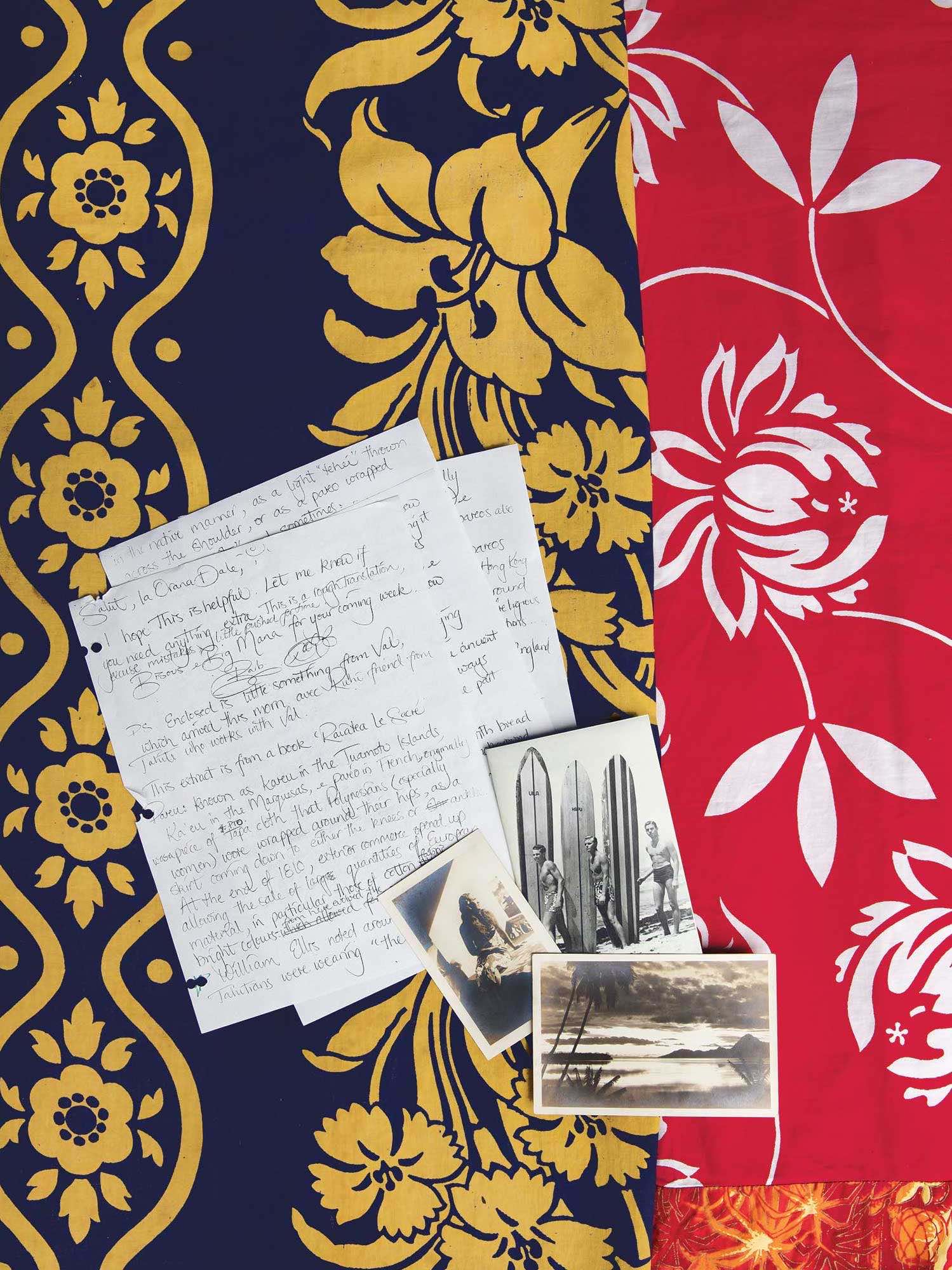
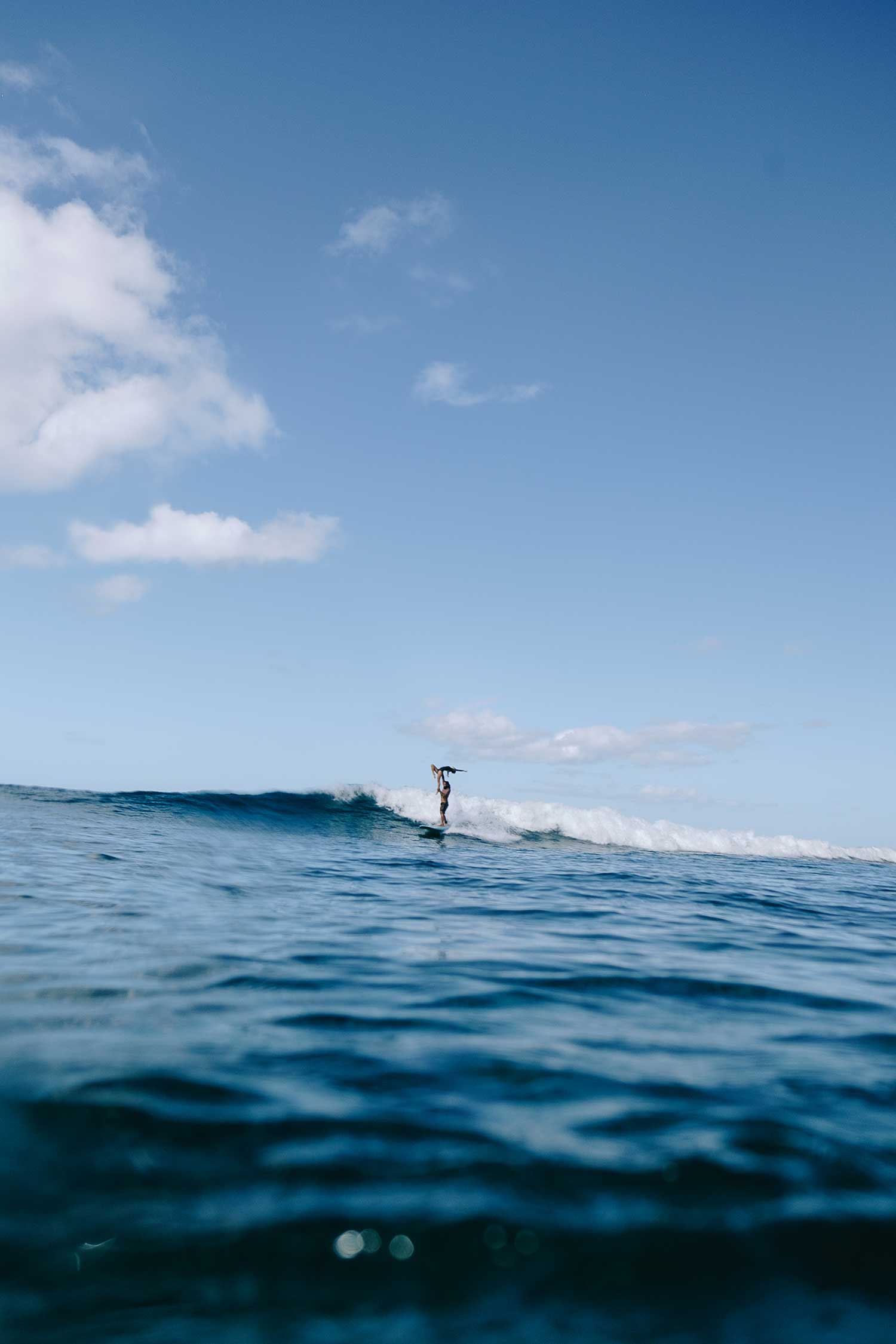

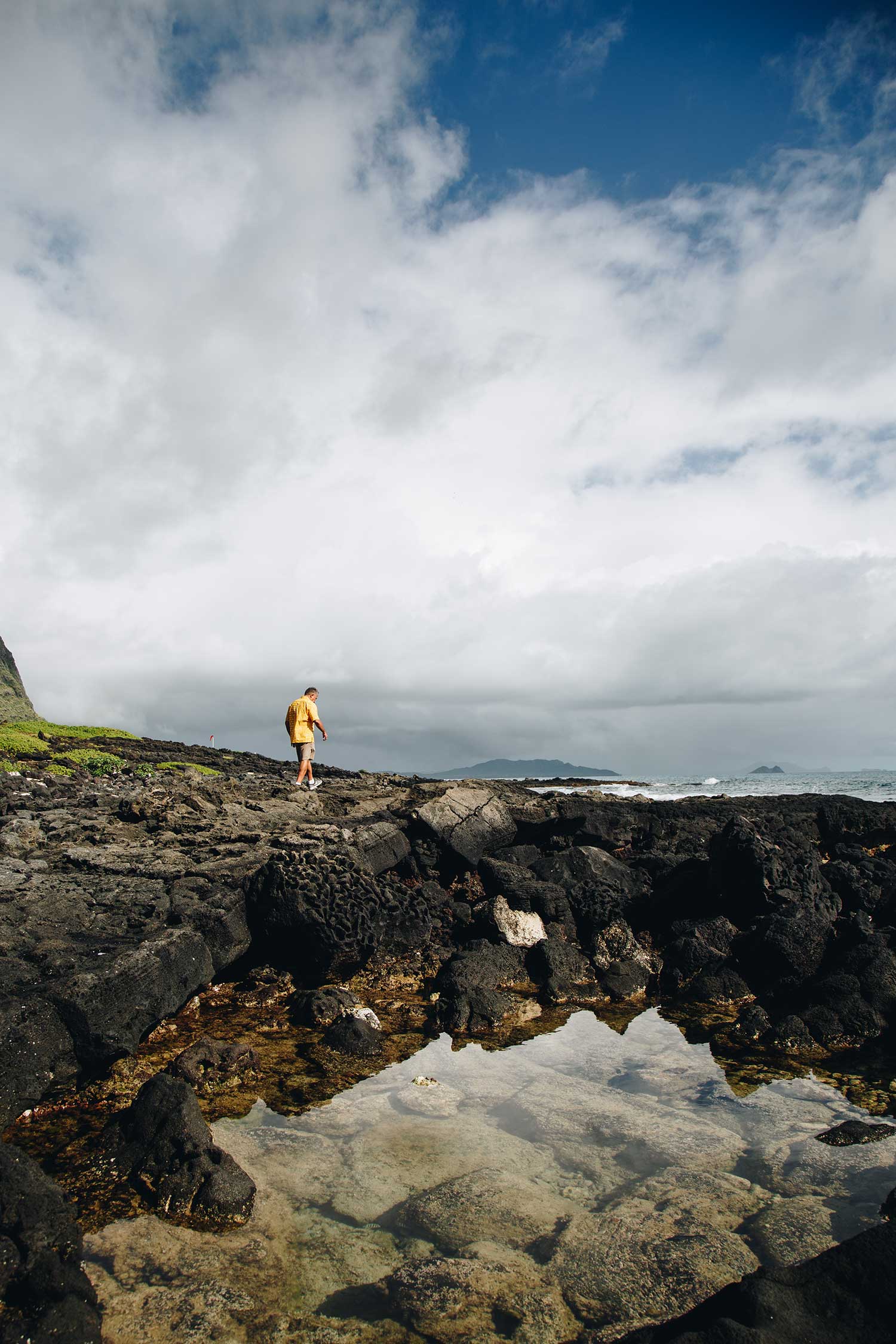

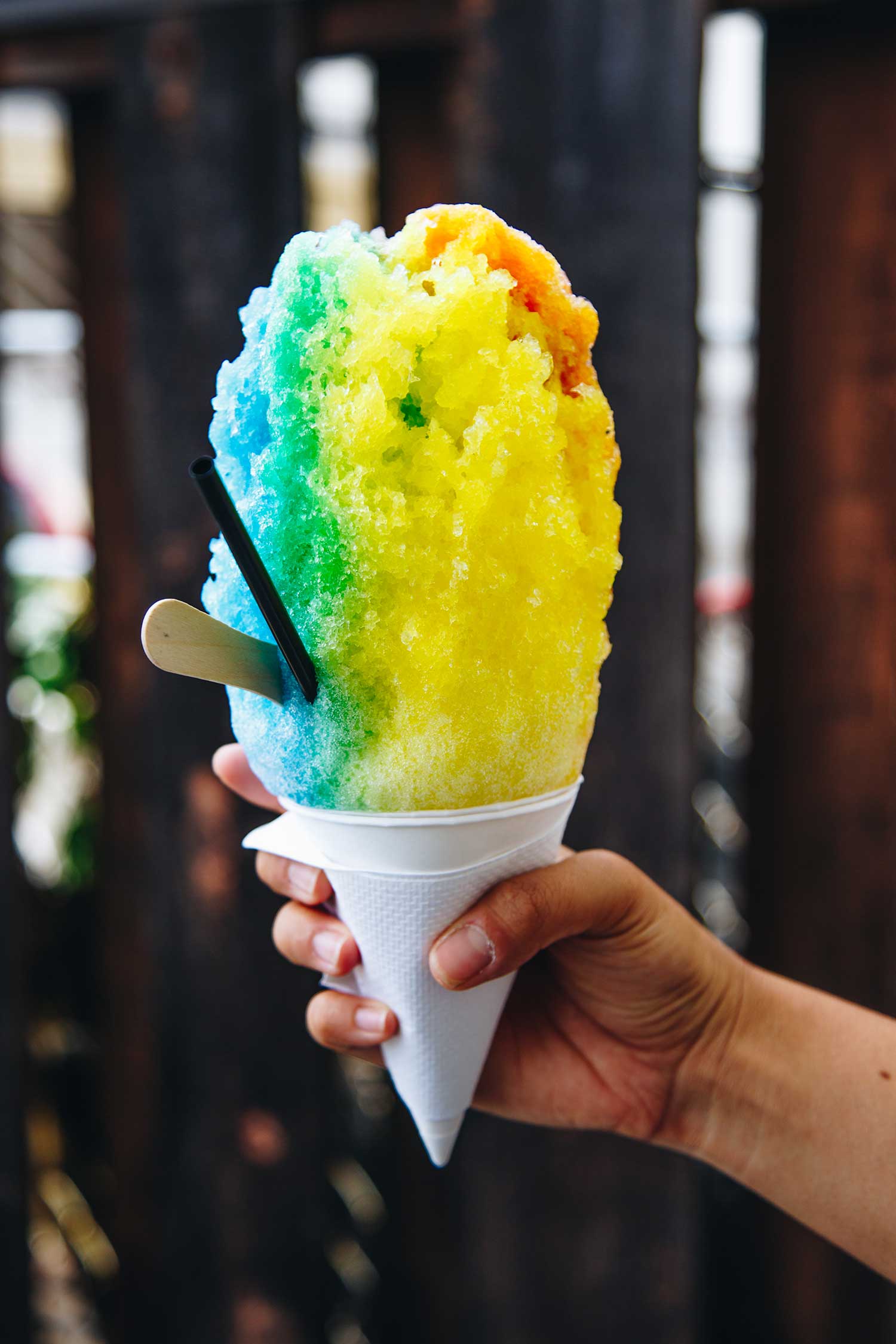
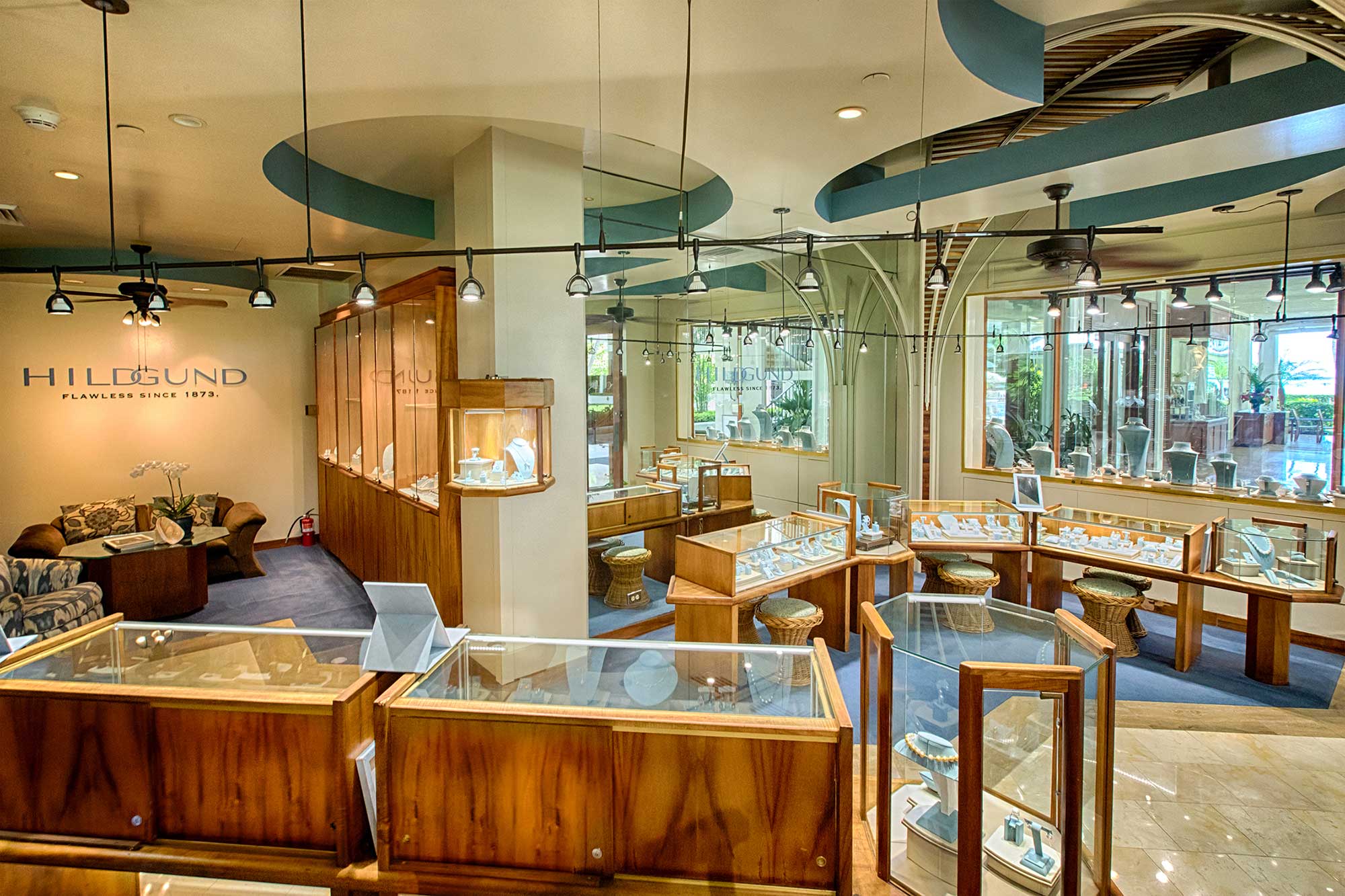
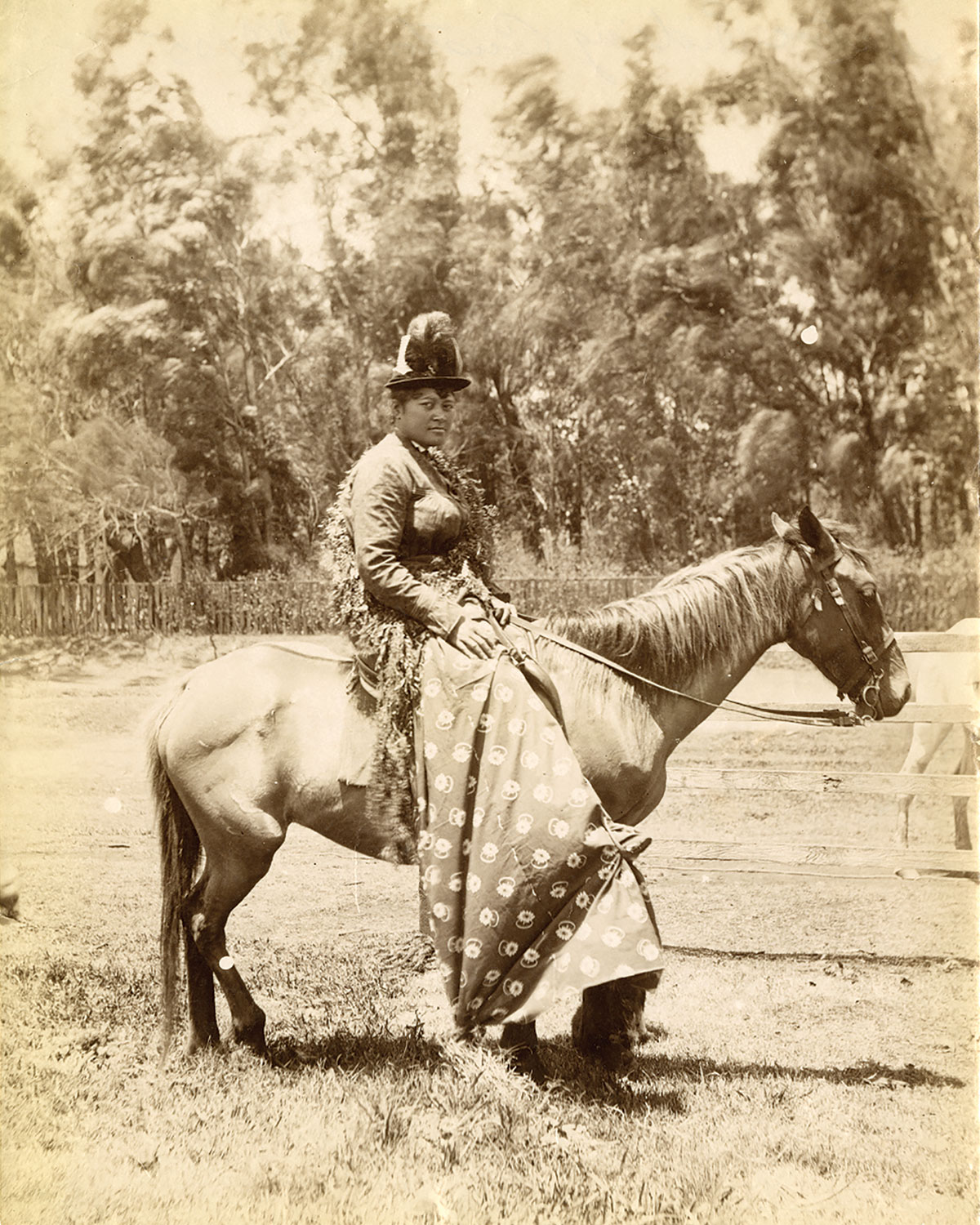
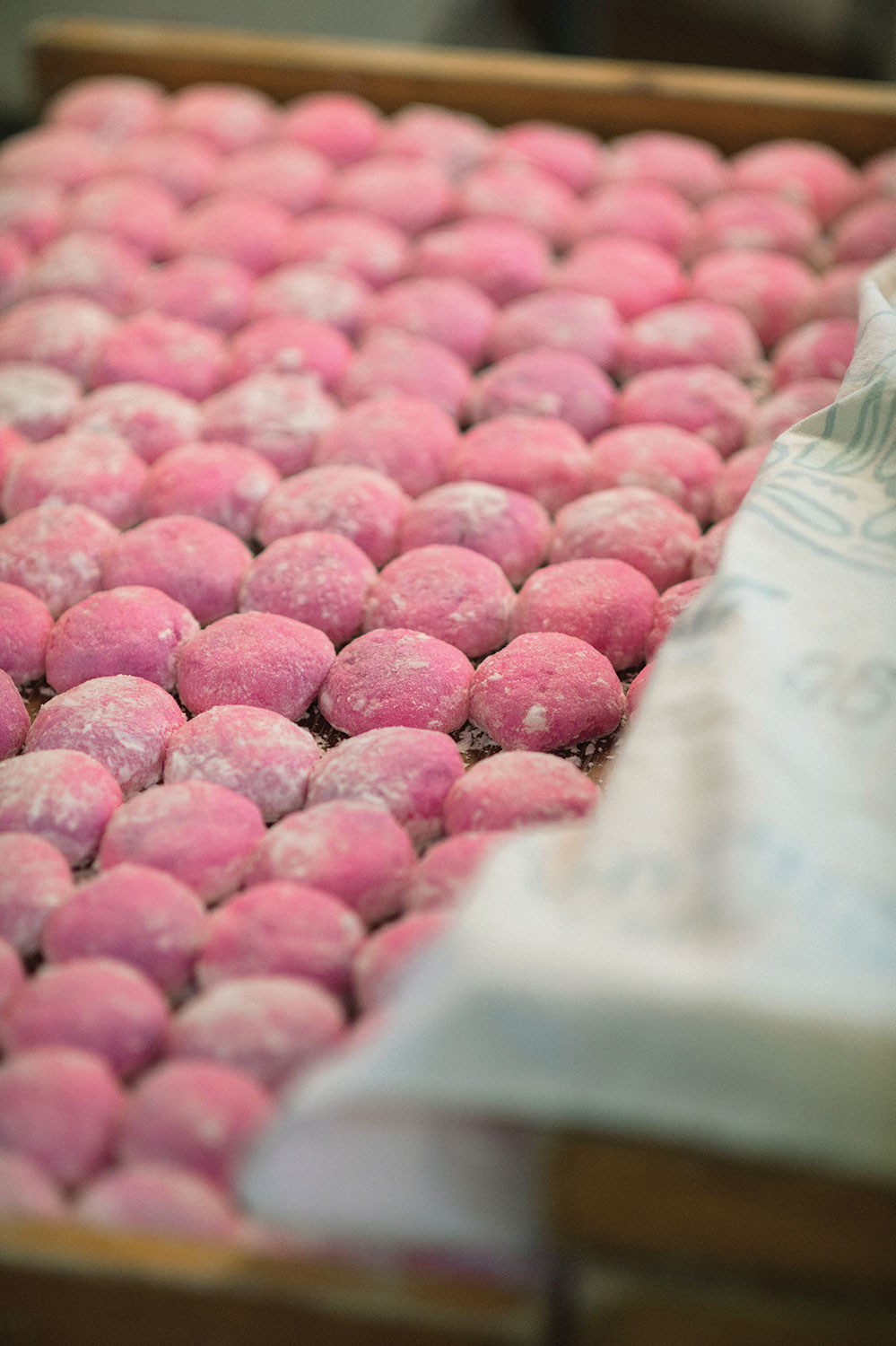

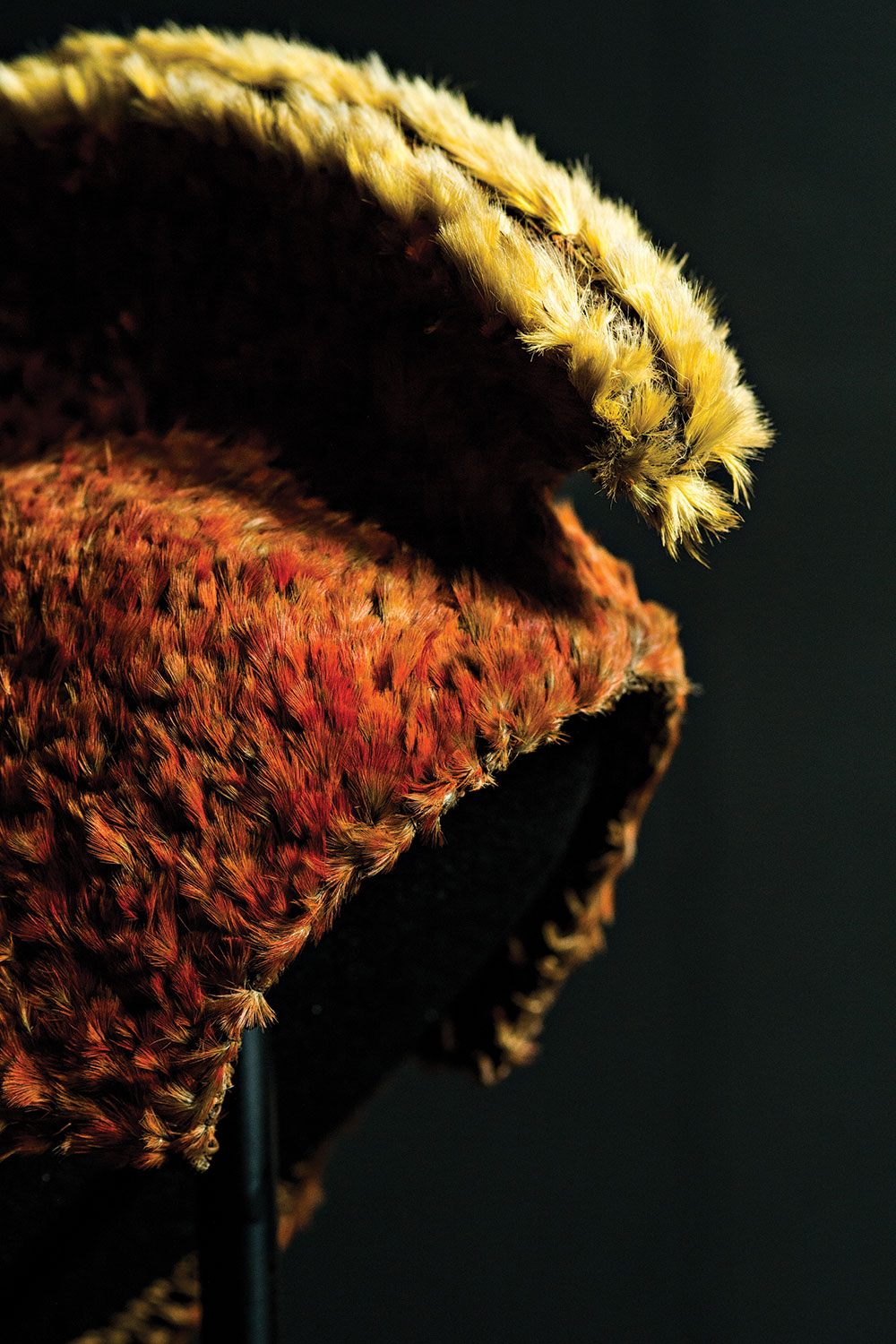
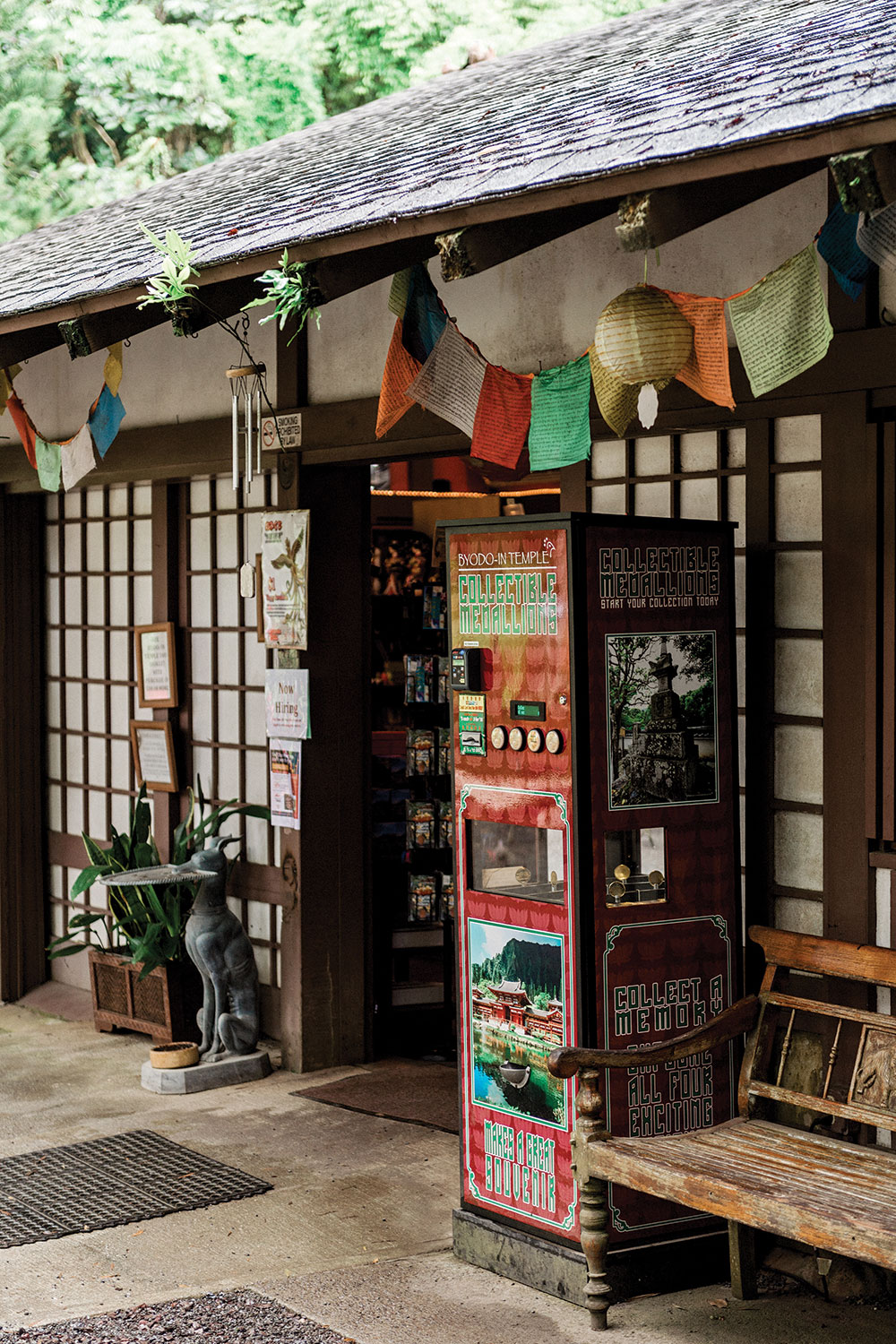
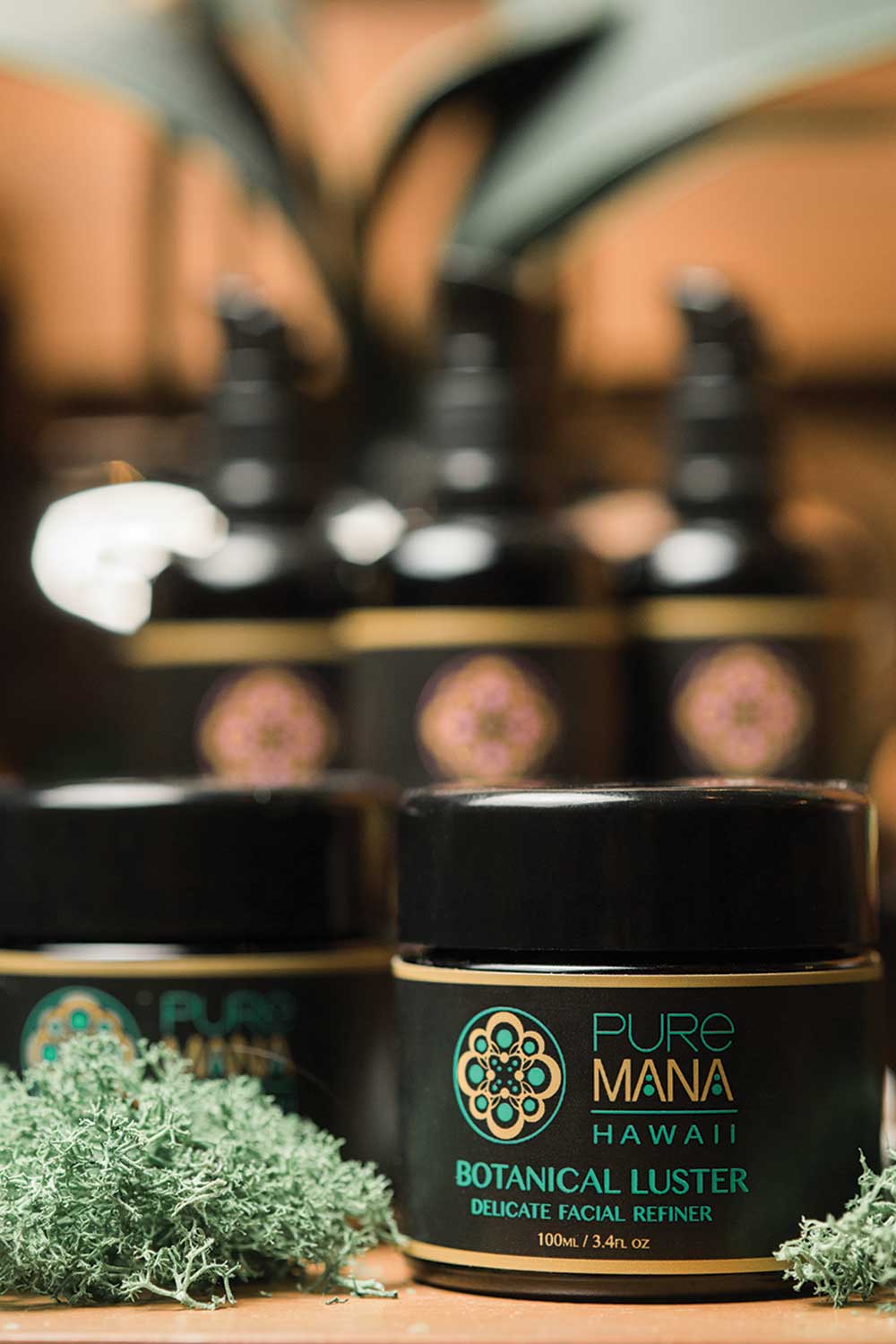
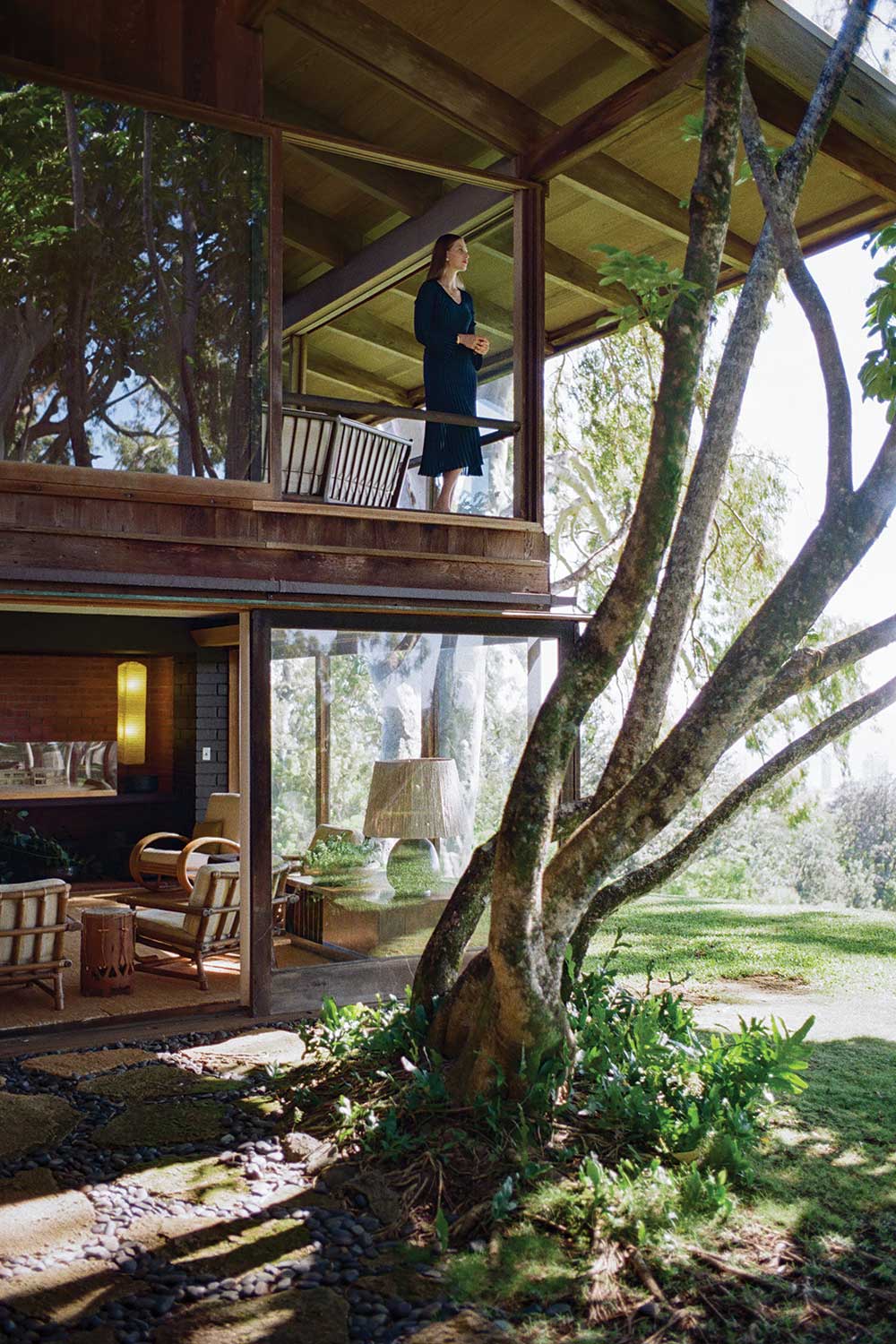
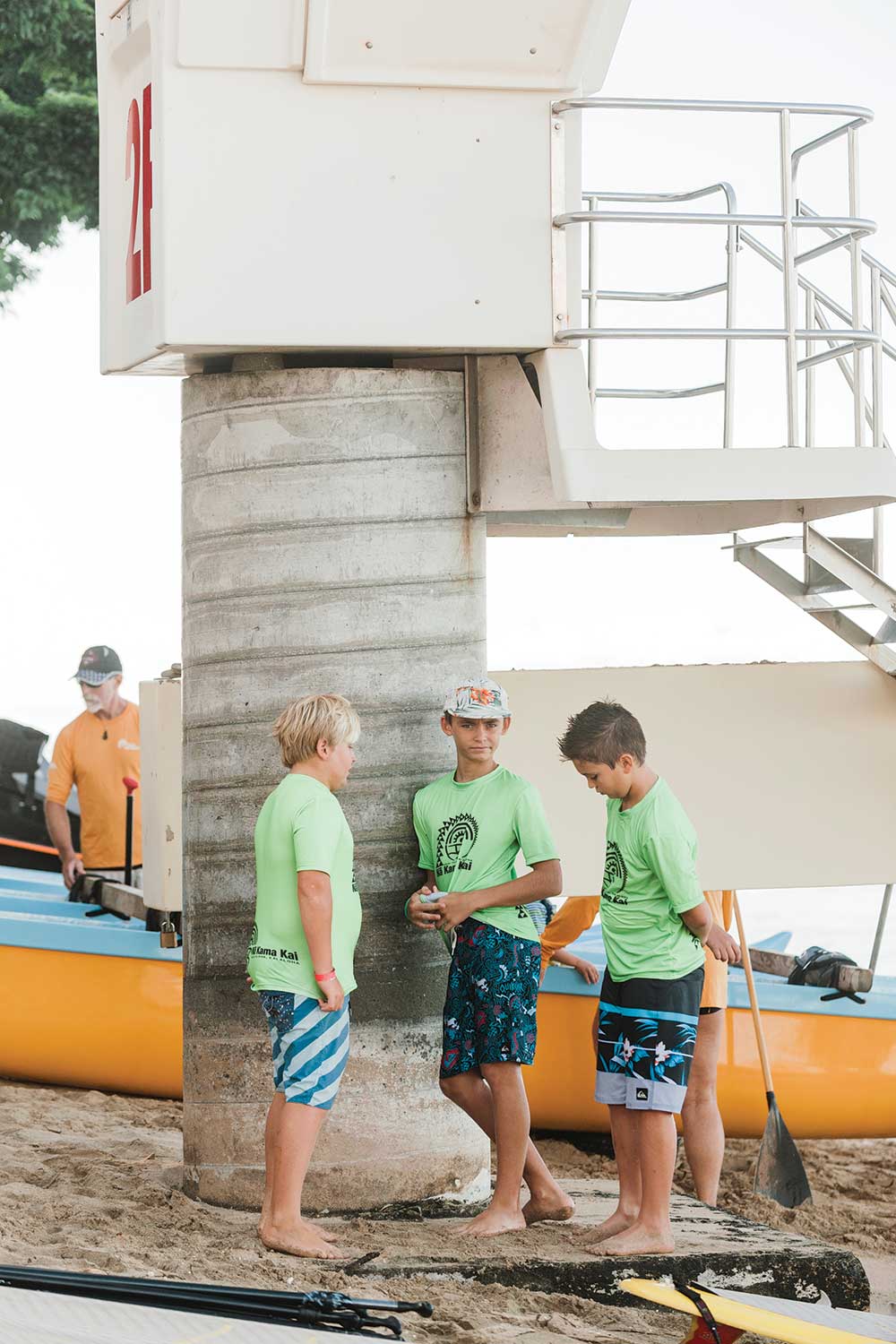
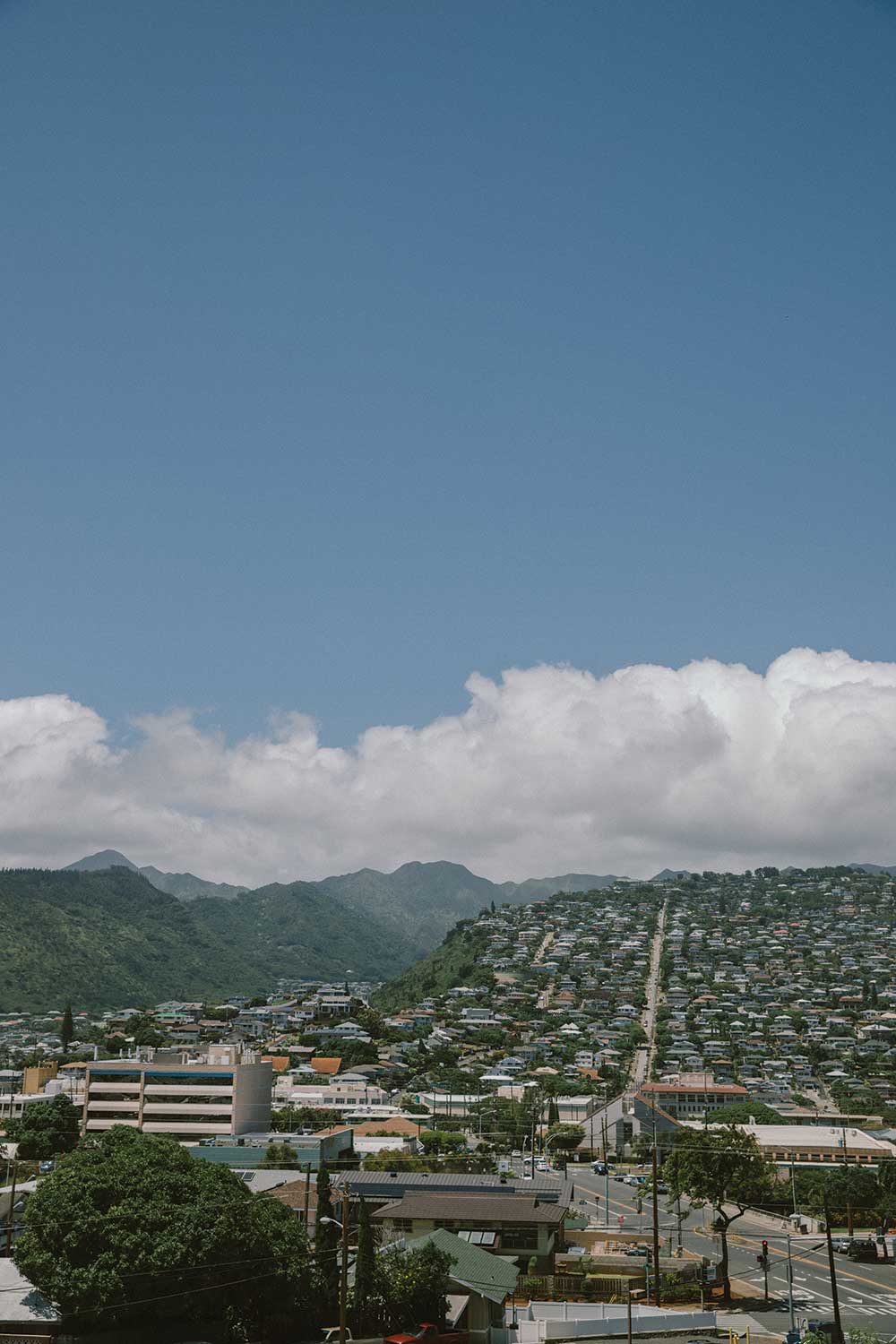

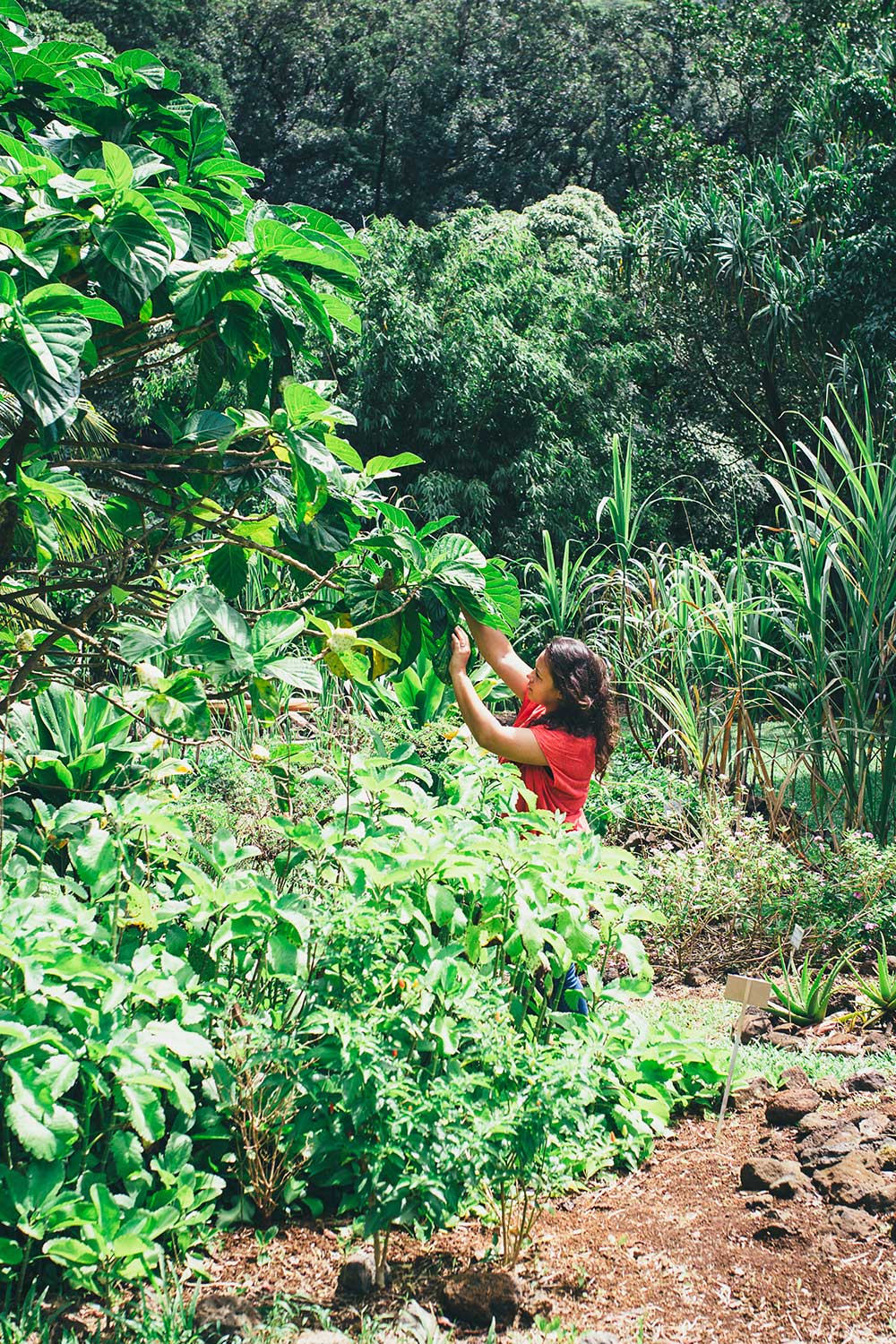

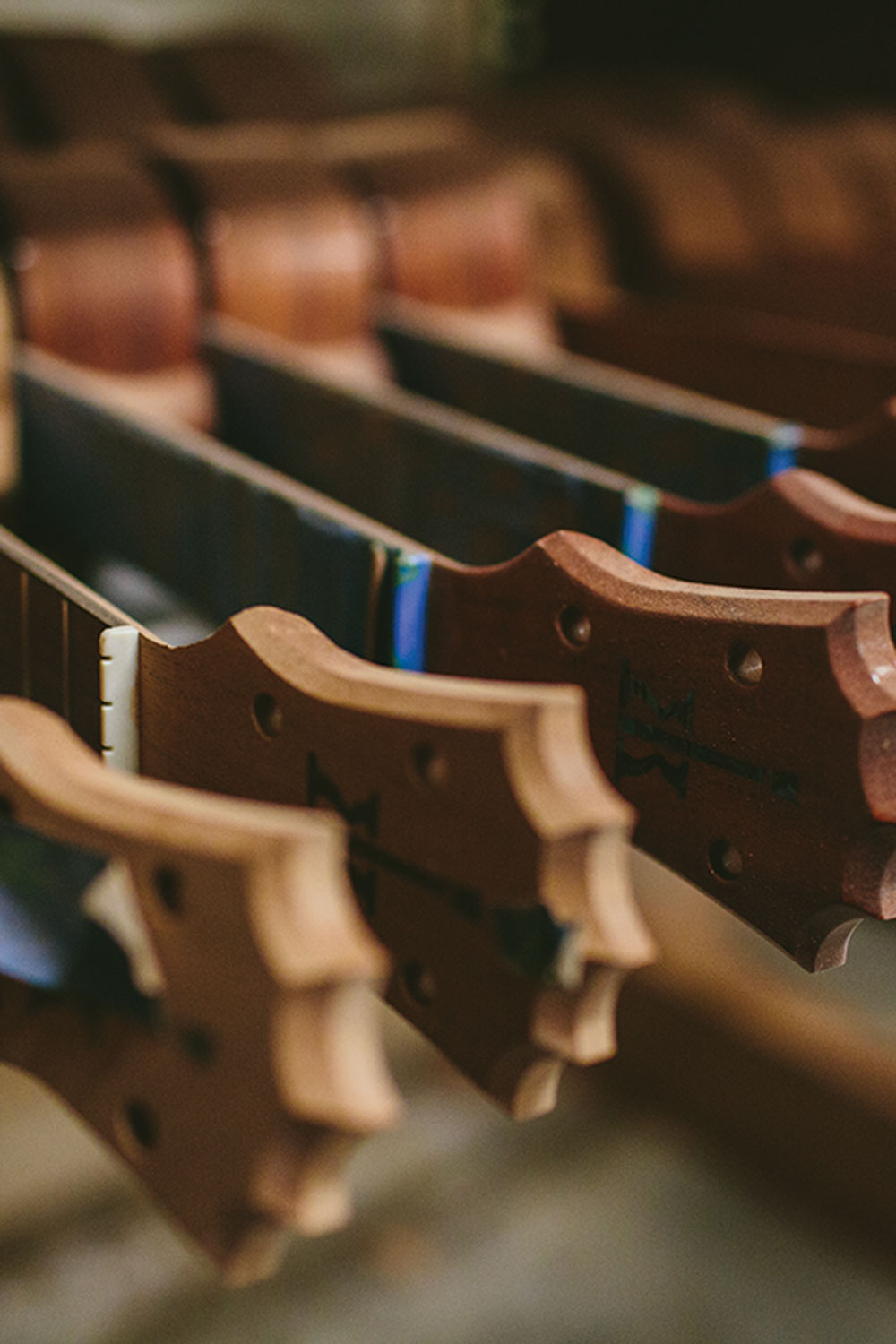
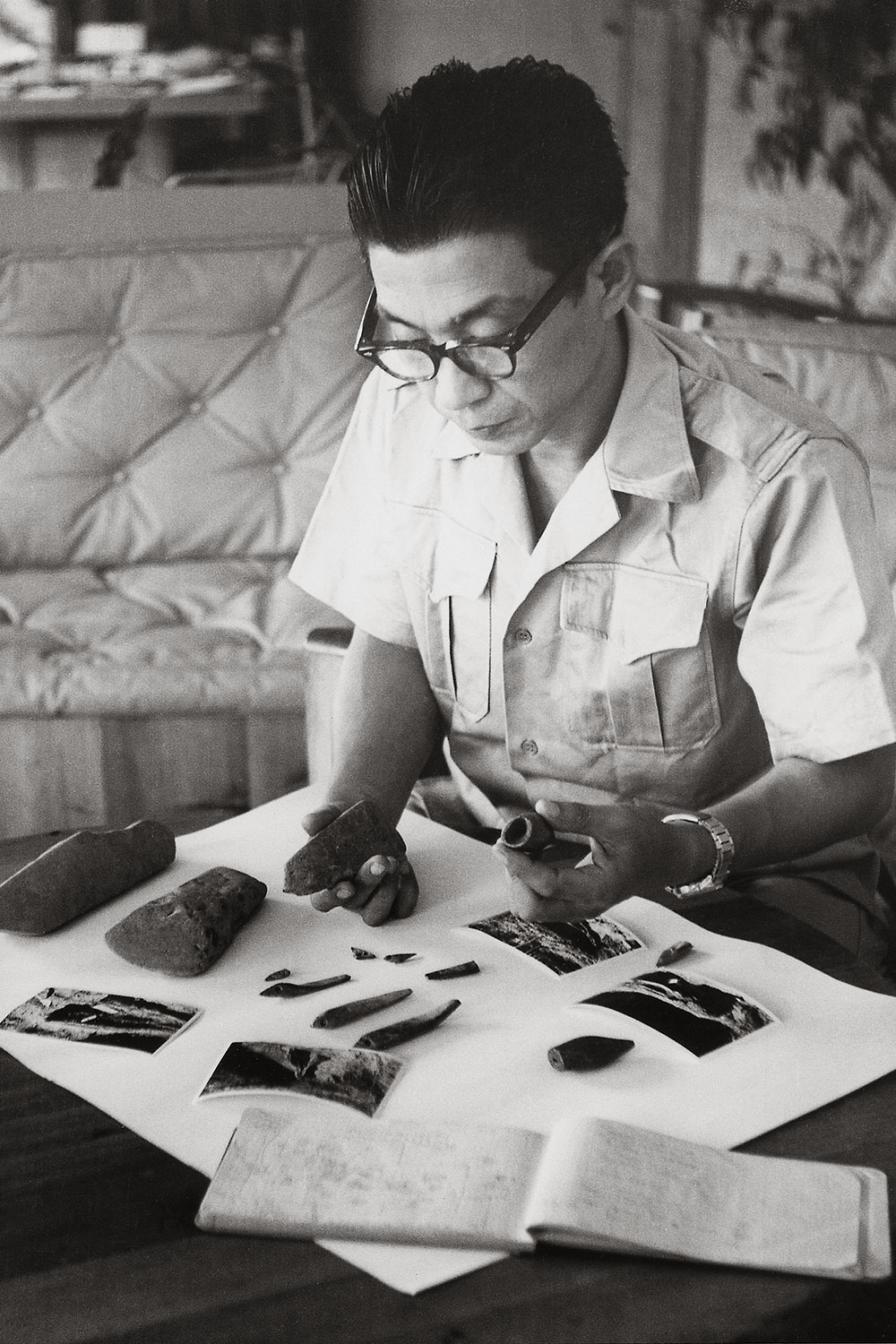
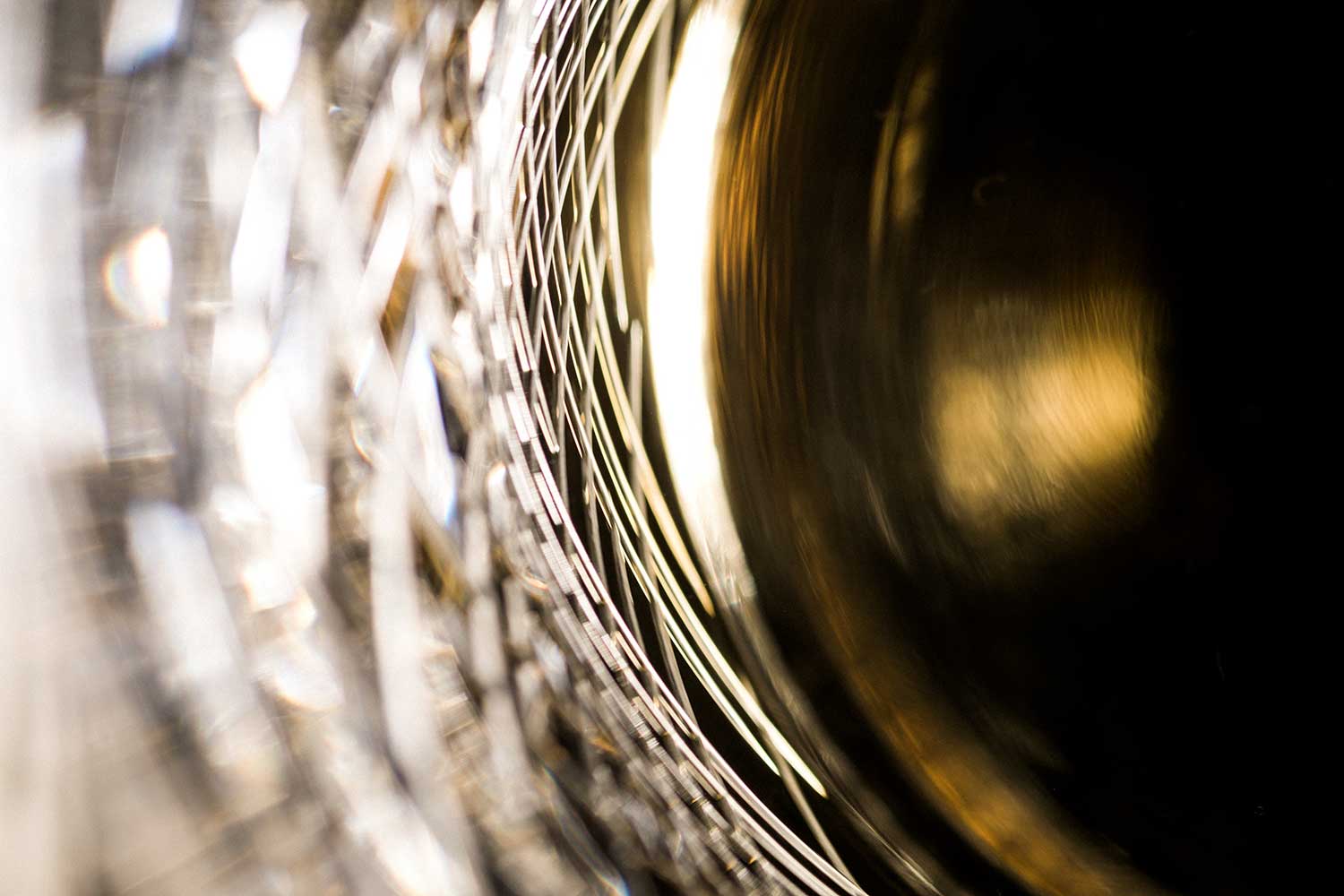









Share: